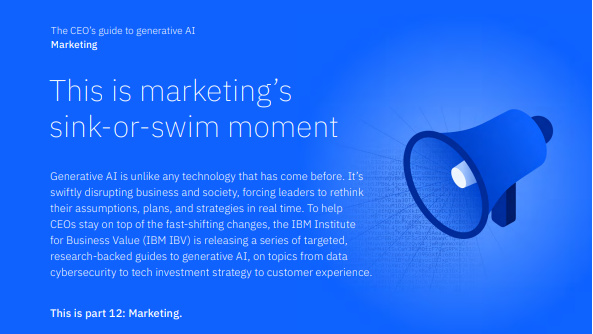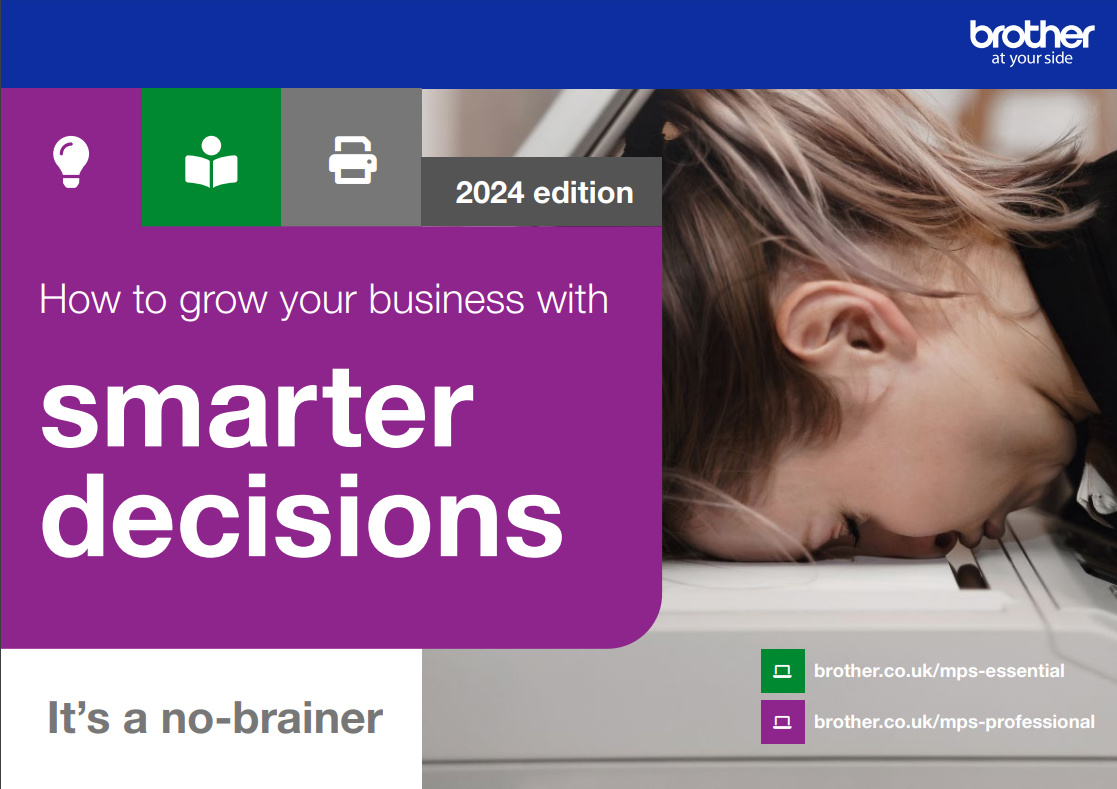Bridging the generation gap between pupils and teachers
How can education remain relevant and engaging with pupils who are potentially more able than their teachers with digital technology?

There has always been a problem with teachers being from a different generation to their pupils, particularly older educators. But the dominance of digital technology has spread that generation gap even wider, as young people become conversant with mobile digital devices, games and social media that didn't exist when their teachers were growing up. Teachers now face pupils using devices and online systems that they don't use themselves, and don't really understand either. The generation gap is more prevalent than ever, but teachers can bridge that gap if they receive the right guidance with appropriate technology.
Speaking at the Bett education technology show in London, Professor Rose Luckin of University College London's EDUCATE project predicted that global technology trends will quickly change every workplace. "Teaching has its workplace, teachers have their workplace, so we need to think very quickly about how we prepare them for this," she said. "It's not just about how to use technology, it's about how to be a lifelong learner. It's about helping teachers to have the right mindset so they don't feel a failure because they haven't yet understood how to use technology."
Some schools and teachers have particular trouble grasping the role of social media and mobile devices in teenage life. They consider Facebook a threat and warn parents against it at parent-teacher evenings, without realising that preventing teenagers from using social media like this, or messaging apps such as Snapchat and Instagram, is nearly impossible. Online social media and network gaming are now such an integral part of teenage behaviour that any attempt to prise the mobile devices out of the hands of young people is likely to widen the generation gap rather than narrow it.
Teenagers have always felt themselves under pressure to keep up with their peers. Now this means owning the latest mobile devices and having a profile on the trending social and chat networks, as much as it means wearing the latest clothes and shoes. Fighting against this will be a losing battle, so it's much more important to look at how teaching can take the shift in youth culture on board rather than deny or discount it.

One school that is doing its part to embrace technological change is the Waid Academy in Fife, Scotland. In 2017, Waid moved to a new campus after spending 130 years at its previous home. This involved a huge digital overhaul, including the integration of Microsoft Office, Scotland's digital learning platform, Glow, and interactive display boards. Deputy head teacher Sabrina Ferguson admitted that a vital part of this change involved bringing the digital experiences students had outside of school into the classroom.
"I think because the pupils are advancing considerably with their technology use, we felt it was important to harness that progression that they have out of school," she said. "[It's] how we can use it effectively in school to help with teaching and learning. So it was really about trying to merge that gap to have a kind of digital speak' between teachers and pupils."
The generation gap in education isn't just between pupils and teachers it exists within the staffroom, too. A teaching career can span more than 40 years, and those towards the end of their working life will not have grown up with digital technology, whereas teaching staff in their 20s and 30s could well be "digital natives".
According to research company Statista, the largest proportion of Facebook users (13%) are in the 25-34 age range, and over a third are 44 and under. The demographics of the mobile-centric generation of systems such as Instagram and Snapchat are even younger, with 59% of Instagram users under 29, and 79% of Snapchat users under 34.
Keeping up with the latest online trend is like a dog chasing its tail; every time you think you've caught up, kids move on. However, it's not beneficial to get fixated on how young people are using social networks that are, in the case of Snapchat, hard for the older generation to understand. The key factor to consider is that today's school students now take for granted that a lot of their communication with their peers will be online, and predominantly using smartphones and other mobile devices. Young people expect their educational experience to be similarly interactive, and partially delivered via these kinds of devices.

This is why classroom technology needs to keep pace with the expectations of the pupils that it serves. Simply installing an audio-visual display is not enough; this needs to integrate with interactive learning systems so that it is not just a passive display tool. In fact, projectors and wall-mounted large-screen TVs can actually be less interactive than the blackboards and whiteboards that teachers have used for centuries, because teachers can't necessarily share ideas that weren't pre-prepared or derived during class.
This doesn't have to be the case, however. Digital classroom technology can combine the tried and tested tools of the past, with contemporary audio-visual presentation, alongside networked interaction and collaboration. SMART Technologies produces a variety of hardware and software solutions that integrate all these functions into one easy-to-use ecosystem.
The hardware part of the equation ranges from the entry-level 2000 series displays with built-in screen sharing for student devices, to the 6000 and 7000 series with digital whiteboard functionality, interactive activities and collaborative workspaces. The company also produces a SMART Learning Suite software that combines lesson delivery, assessment, student collaboration and game-based learning in one package. Instead of passive presentations, teachers can use the template-driven SMART lab to create engaging interactive activities in just a few minutes. SMART Notebook also lets a teacher create lessons at home and send them directly to the classroom's SMART Board.
The SMART amp collaborative tools allow students in desktop-based labs or with their own notebooks or tablets to work together on projects, and these projects can be displayed on the shared screen for the teacher to provide feedback and assistance. SMART amp even allows remote collaboration on projects. With SMART Response 2 assessment built in too, activities can be graded, and the results shared immediately with students and their parents.
See more SMART Technologies customer stories here
However, technology will not fix the generation gap on its own. Many schools and other educational establishments install complicated new classroom systems with an amazing array of capabilities, but fail to train their staff to use them effectively. A 2015 OECD study has shown that technology must be allied with good teaching practice to be effective, and that the two together can have a significantly positive impact on educational outcomes.
Furthermore, a TALIS report from 2013 revealed that teachers pinpoint ICT skills for teaching and new technologies in the workplace as second and third most important factors in professional development after teaching students with special needs. Younger teachers, who grew up with digital technology, may find it easier to get to grips with new interactive classroom systems than older staff who are in the latter decades of their careers. But the benefits available for student engagement and achievement are clear, making bridging the technological gap in education an absolute necessity for learning excellence.
However, it's worth noting that any digital journey will not have a fixed start and end point. Teachers need to be constantly learning in order to ready their students for the technology they will encounter after education. Scott Duncan, head of social subjects and religious education at Waid, said that "digital literacy" is vital to the school's plans going forward.
"We need to prepare our young people for a world that will fully embrace technology for jobs we don't yet know will exist," he said. "Part of the work we're doing here in school is to develop those digital literacy skills. Our staff are going through a programme of training and development at the moment to develop the understanding of what we mean by digital literacy. So it includes our young people's digital identity their skills and their ability to create, and we will in turn feed that back to our young people to prepare them to leave school."
SMART Technologies is transforming education discover more here.
Get the ITPro daily newsletter
Sign up today and you will receive a free copy of our Future Focus 2025 report - the leading guidance on AI, cybersecurity and other IT challenges as per 700+ senior executives
ITPro is a global business technology website providing the latest news, analysis, and business insight for IT decision-makers. Whether it's cyber security, cloud computing, IT infrastructure, or business strategy, we aim to equip leaders with the data they need to make informed IT investments.
For regular updates delivered to your inbox and social feeds, be sure to sign up to our daily newsletter and follow on us LinkedIn and Twitter.
-
 How AI innovation is driving educational excellence
How AI innovation is driving educational excellenceSupported Content Generative AI is helping students learn and educators teach, and the classroom of today is shaping the future of work
By Bobby Hellard
-
 Fuelling growth through transactions
Fuelling growth through transactionswhitepaper Prepare for the future of payments with flexible solutions
By ITPro
-
 Monetization strategies for digital content creators
Monetization strategies for digital content creatorswhitepaper An overview of the economies of forex markets in Latin America and what payment providers need to know to enter the region
By ITPro
-
 AMD Ryzen™ PRO processors and Windows 11 Pro
AMD Ryzen™ PRO processors and Windows 11 Prowhitepaper Better together for enterprise
By ITPro
-
 Retail forex development in Latin America
Retail forex development in Latin Americawhitepaper An overview of the economies of forex markets in Latin America and what payment providers need to know to enter the region
By ITPro
-
 The CEO's guide to generative AI: This is marketing's sink or swim moment
The CEO's guide to generative AI: This is marketing's sink or swim momentWhitepaper Position marketing as the model for generative AI-driven workforce transformation
By ITPro
-
 How to grow your business with smarter decisions
How to grow your business with smarter decisionsWhitepaper Introducing changes that generate business growth in the face of economic uncertainty for a stronger, more cohesive future
By ITPro
-
 AI’s quantified impact on the finance function
AI’s quantified impact on the finance functionWhitepaper Improving process quality, cost, and efficiency
By ITPro


